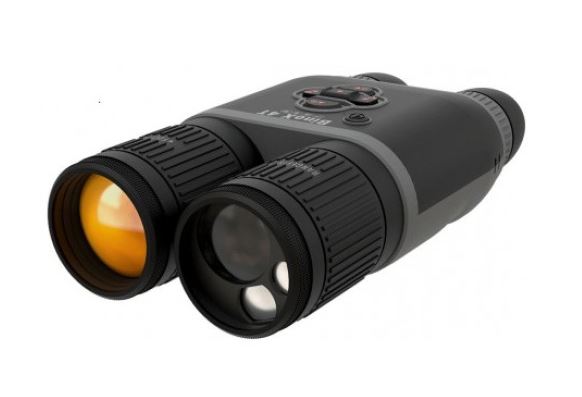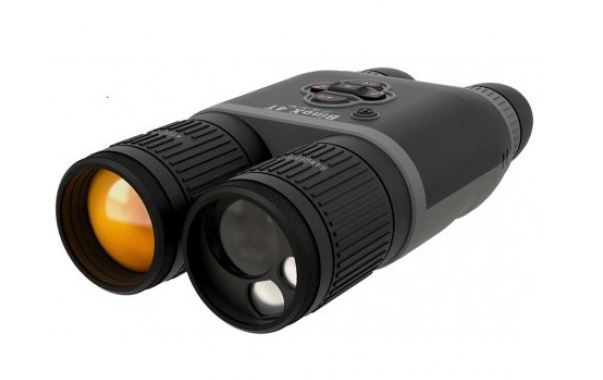
INSTRUCTIONS FOR USE
Congratulations on your powerful new spotting scope.
Enjoy the experience of undistorted image reproduction, the quality and effectiveness of
which reflect our high standards.
The ZEISS brand is famous for outstanding optical achievements, precision workmanship
and long service life.
Please observe the following instructions for use in order to obtain the best from your
spotting scope and to ensure that they remain your constant companion for many years
to come.
ZEISS CONQUEST MiniQuick T*
Scope of delivery
ZEISS spotting scope
Focus setting for distance
The focus range can be set between 4 m and infinite by simply rotating the ribbed eyepiece ring
(Fig. 1) – please do not go past the noticeable stop/max. 300°.
Proper observation
Hold your spotting scope as calmly as possible when observing an object.
You will see everything magnified by a power of 5 when looking through the eyepiece and also by
a factor of 5 when looking through the lens.
Hold the spotting scope in front of your eye so that you see a crisp, round field of view to the
edge.
Magnification setting for the near
Turn the spotting scope around and look through the lens.
Focus either by turning the eyepiece ring or by moving towards or away from the observed object.
ZEISS CONQUEST Mono T*
Scope of delivery
ZEISS spotting scope with carrying strap
Soft leather case
Viewing with and without eyeglasses
If you do not wear glasses when viewing, use the spotting scope with the eyecups extended
as shown in Fig. 3/B.
If you wear glasses when viewing, pull the edge of the soft rubber eyecups as far as possible past
the upper edge of the eyepiece as shown in Fig. 2/A.
Proper observation
Hold your spotting scope as calmly as possible when observing an object. Place the eyecup
directly on your eyebrow or on your eyeglass lens if you wear eyeglasses.
Focusing – Mono 4×12 B and 6×18 B
Push the spotting scope together completely to set the maximum range.
Pull the lens to focus the spotting scope for shorter ranges (Fig. 2).
The spotting scope becomes a spotting scope magnifier with 5x (4×12 B) or 9x (6×18 B) magnification
at a minimum distance of 25 cm (4×12 B) or 30 cm (6×18 B) when it is fully extended.
Focusing – Mono 8×20 B and 10×25 B
Set the diopter adjustment on the eyepiece to 0 to set the spotting scope to the maximum range.
Turn the eyepiece for shorter ranges (Fig. 3).
Changing the carrying strap (52 20 50 – 8075) – Mono 4×12 B und 6×18 B
Unscrew (counterclockwise) the eyecup and remove it from your spotting scope (Fig 4/A). The
carrying strap can now be easily removed (Fig. 4/B) and replaced with a new one.
To reassemble, proceed in the opposite order – simply reattach the eyecup by screwing it on
clockwise.
Changing the carrying strap (52 20 50 – 8075) – Mono 8×20 B und 10×25 B
Rotate (counterclockwise) the eyepiece via the spotting scope focus until you reach a noticeable
stop (Fig 5).
As shown in Fig. 6/A, also remove the screw ring from the spotting scope housing by rotating
counterclockwise, thus freeing the carrying strap.
The carrying strap can now be easily removed (Fig. 6/B) and replaced with a new one.
To reassemble, proceed in the opposite order – first reattach the screw ring and then the eyepiece
by rotating each in a clockwise direction.
Care and maintenance
A ZEISS spotting scope requires no special maintenance.
Do not wipe off coarse dirt particles (e.g. sand) from the lenses, but blow them off or remove
them with a soft brush.
Fingerprints on the lens surfaces may affect them in the course of time.
The easiest way to keep the lenses clean is by breathing on them and wiping with a soft optical
cleaning cloth or optical cleaning paper.
To avoid a possible fungal coating which is common in the tropics, store the optics in a dry place
and always ensure good aeration of the lens surface.
Safety notes
Never use the spotting scope to look directly at the sun or high-intensity, technical light sources
(e.g. lasers), as this could injure your eyes.
Improper use or pronounced mechanical stress, e.g. a fall or knock, may result in damage to
the spotting scope.
Improper treatment will lead to an impairment of the telescope’s functions, which must be
expertly examined by the manufacturer.
To avoid fire, do not expose the hand spotting scope to direct sunlight in its extended state.






